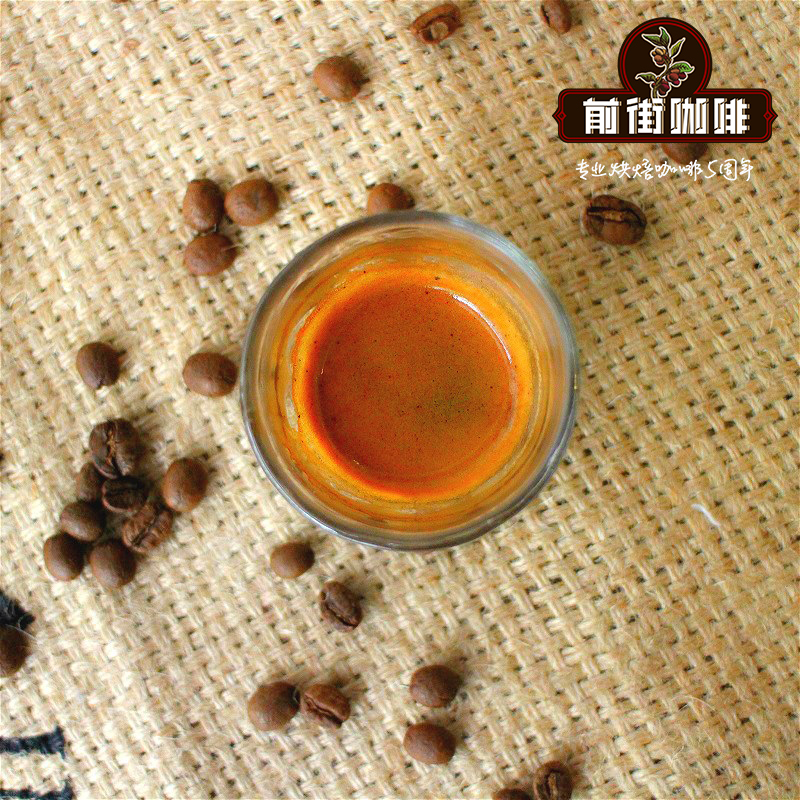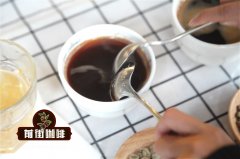Description of the characteristics and flavor of mocha coffee is espresso good

For professional baristas, please follow the coffee workshop (Wechat official account cafe_style)
Espresso: espresso (Espresso) is a type of coffee with a strong taste by brewing coffee with hot water at 92 degrees Celsius and 9bar under high pressure to grind it into a very fine coffee powder. It was invented and developed in Italy and began in the early 20th century, but until the mid-1940s, it was a drink made separately through vapor pressure. After the invention and successful commercialization of the Spring Lever (spring piston lever) coffee machine, espresso was transformed into a drink known today.
In terms of quality, espresso has a thicker texture than drip coffee and contains more dissolved matter per unit volume than drip coffee; supply is usually measured in shot. Espresso is chemically complex and changeable, many of which decompose due to oxidation or a drop in temperature. The proper brewing of espresso is characterized by the presence of coffee fat (Crema), a reddish-brown foam that floats on the surface of espresso. It consists of vegetable oils, proteins and sugars. Coffee fat has the combination of emulsion and foam colloid.
Through the short-time and high-pressure brewing process, the unique flavor of a cup of coffee is stronger than other brewing equipment after being concentrated. However, there is less caffeine because of the short quenching time. Espresso is often used as the basis for coffee drinks mixed with other ingredients (such as milk or cocoa), such as lattes, cappuccinos, macchiato and mocha, without over-diluting the coffee.
Yemeni mocha is one of the oldest coffee in the world, but until recently, Yemeni mocha has come to be regarded as one of the best and most delicious coffee in the world. Mocha coffee, which has a long history, is synonymous with coffee. Its unique aroma and sour taste have deeply attracted many coffee lovers.
The characteristic flavor of mocha coffee is that it is fruity, with obvious wine, spicy and nutty flavors. Some people say that Yemeni mocha tastes like blueberries, while others say it is a "wild flavor" peculiar to the Red Sea.
Important Notice :
前街咖啡 FrontStreet Coffee has moved to new addredd:
FrontStreet Coffee Address: 315,Donghua East Road,GuangZhou
Tel:020 38364473
- Prev

Is the Tara bead of good quality? Costa Rican coffee taste description
Professional barista communication please pay attention to the coffee workshop (Wechat official account cafe_style) Costa Rican coffee characteristics: full particles, ideal acidity, unique and strong flavor. The coffee industry in Costa Rica, originally controlled by the Costa Rican Coffee Industry Company (InstitutodelCafdeCostaRica, ICAFE), is now under the control of the official Coffee Committee (Ofic)
- Next

Effect of water temperature on extraction of hand-brewed coffee Why is the water temperature of hand-brewed coffee 93 degrees?
Professional coffee knowledge exchange more coffee bean information please pay attention to the relationship between water temperature and extraction of hand-brewed coffee in coffee workshop (Wechat official account cafe_style): temperature has a great influence on the extraction taste of coffee, bitter and astringent coke is the later flavor, under the same grinding degree, if the coffee is bitter, scorched, astringent, etc., the extraction water temperature can be reduced; on the other hand, if the coffee is washed out
Related
- Beginners will see the "Coffee pull flower" guide!
- What is the difference between ice blog purified milk and ordinary milk coffee?
- Why is the Philippines the largest producer of crops in Liberia?
- For coffee extraction, should the fine powder be retained?
- How does extracted espresso fill pressed powder? How much strength does it take to press the powder?
- How to make jasmine cold extract coffee? Is the jasmine + latte good?
- Will this little toy really make the coffee taste better? How does Lily Drip affect coffee extraction?
- Will the action of slapping the filter cup also affect coffee extraction?
- What's the difference between powder-to-water ratio and powder-to-liquid ratio?
- What is the Ethiopian local species? What does it have to do with Heirloom native species?

